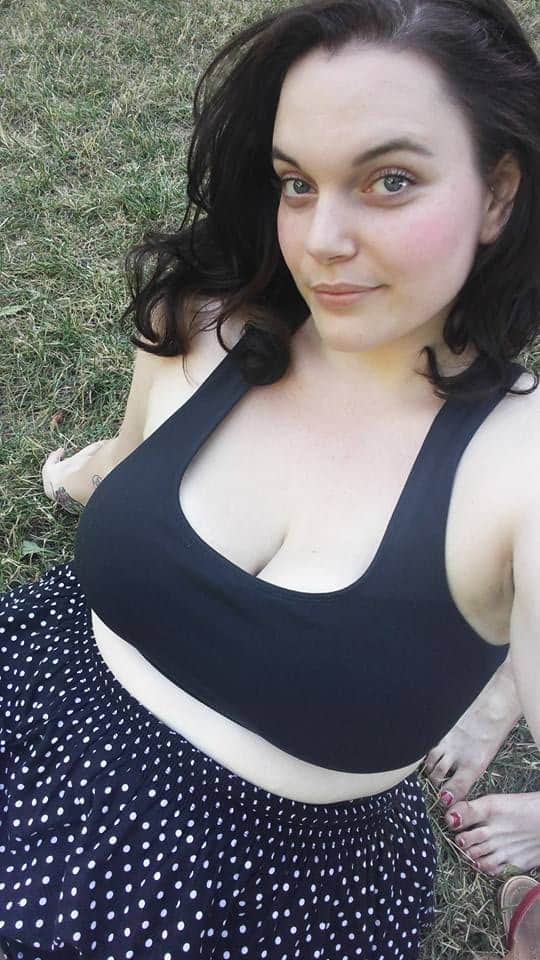For as long as I can remember, my emotions have come at me hard and fast, and often without warning. For a long time, I felt like I wasn’t “okay,” and the idea of emotional stability seemed like a far away and unattainable dream.
It wasn’t until the beginning of this summer – when I finally hit my lowest point – that I got a proper mental health diagnosis. I was actively self-harming in ways that weren’t always apparent to those around me (e.g., skipping meals) and my feelings of hopelessness had reached new depths. After months of hoping I would suddenly wake up and feel better, I managed to find my way into a psychiatrist’s chair.
During the first appointment we chatted for a few hours, and it felt like eternity. When we were done, she paused and said that without a doubt she had a diagnosis for me. She told me I had Borderline Personality Disorder, also known as Emotionally Unstable Personality Disorder. It was explained to me as “when you take a highly empathetic child (like me, maybe the softest person alive) and you traumatize them (honestly, who hasn’t been traumatized in some way?) they lose their ability to fine-tune their emotions. Picture a radio dial. Instead of being able to tune in on a specific station (or a particular emotion) they turn the dial all the way. I have problems regulating my emotions and thoughts. There are other characteristics – fear of abandonment or perceived abandonment, panic and anxiety, impulsive or reckless behaviour – and I’ve got them all.
I stared at the doctor and sobbed. I was without words for possibly the first time in my life. Was this real? I didn’t think there could actually be a name for all of the things I constantly felt. She told me it was okay to cry and that there was help for me.
The weeks that have followed my diagnosis have been far from easy. Knowing what is causing my pain doesn’t make it any easier. This week, I start a Dialectical Behaviour Therapy program, which is apparently the most effective treatment for BPD. I have my band-aid solutions, like SSRIs, which give me some breathing room. Now I can see when the storm is coming and sometimes I even have time to take shelter and advise those closest to me to do the same.
I’m working on seeing silver linings, of which there are many. Being able to navigate our healthcare system is not easy, neither is asking for help or admitting that you aren’t succeeding at managing your own wellness. I did it though and that feels pretty great. I’ve been encouraged to write about my experiences with the group and one-on-one therapy that I’ll be receiving over the next six months. I feel hopeful for the first time in a long time, in a way that doesn’t feel like forced optimism. I’m excited to share my experiences and possibly offer some comfort to those folks who are exhausted and terrified. There is help out there, and I’m beyond excited to find it.
If you’re currently in crisis, please reach out to these crisis lines. Gerstein Crisis Centre (416 929 5200), LGBT Youth Line. Alternatively, there are many downtown hospitals in Toronto that have emergency walk-in psychiatric care (CAMH, St. Michael’s, Toronto Western).



 Follow Us On Instagram
Follow Us On Instagram
